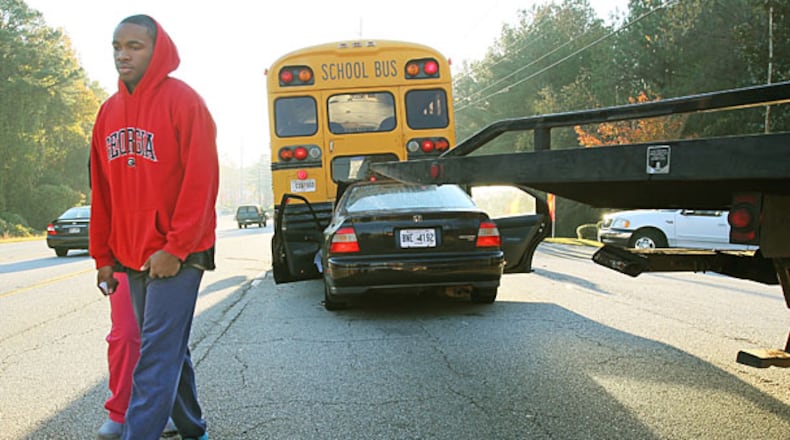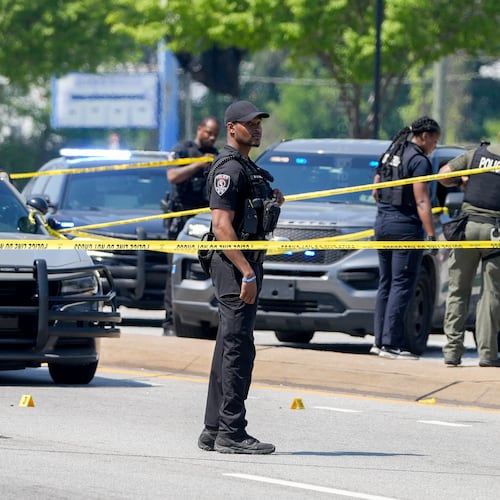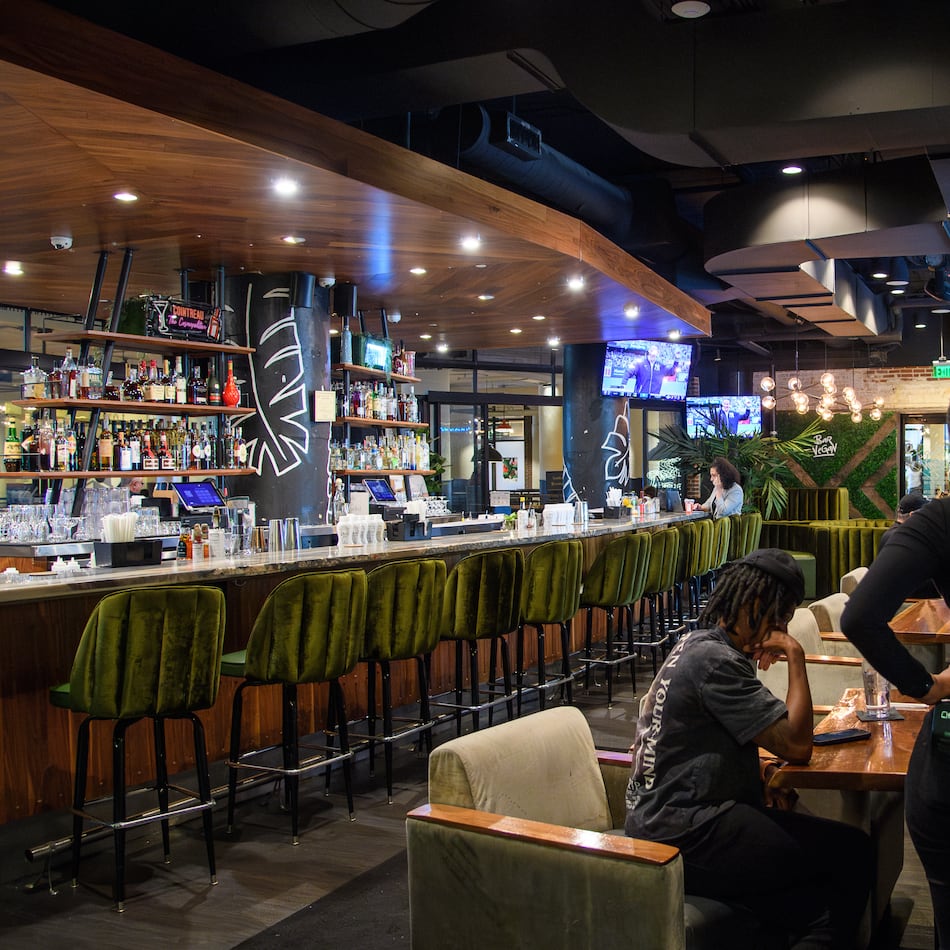Picture this scene: You are walking down a narrow sidewalk, at a decent pace but in no hurry. You begin to hear footsteps get closer and, as they near you, you swivel your head to peek at who is approaching. The person is now inches away and just continues walking in that spot, almost hovering.
How strange would that be? How nervous would that make you? And wouldn’t you be more likely to trip up and less likely to enjoy your nice stroll?
Wouldn’t following someone that closely on foot be a total invasion of their personal space? Would you react negatively toward them and potentially cause a scuffle?
These sensations are exactly what getting tailgated by a trailing car feels like on the streets.
I have always had a sore spot for drivers who insist on riding near my rear bumper, trying to intimidate me out of a lane. But this dangerous behavior has crawled further under my skin in recent months, especially as I have become a daily Atlanta commuter.
But I understand why it happens. When someone is going slower than an approaching driver is moving, the trailing driver feels entitled to the position.
Much as race car drivers on closed courses do, regular commuters grow impatient and close the gap on the slower driver. They do this as a symbol of frustration and as a way to send a message for the slower car to move to a different lane.
This aggression feels justified in the moment, because the slower car is seemingly affronting the faster one. “How dare they? What nerve! How selfish!”
But this is a dangerous game and it is one that loses sight of what every auto on that pavement ribbon is looking to do — arrive to Point B safely.
Just as this bullishness would cause an adverse effect on a sidewalk, putting a multiton missile right behind someone else’s only makes the pilot of the slower ride a worse pilot. Driving nervously and tentatively creates crashes and slows traffic.
Iron sharpens iron and so, too, does anger to anger. Bad driving behavior only begets more of the same. And once the standard lowers, the community regresses to that mean.
Tailgating heavily increases the likelihood of crashes. Decreasing the distance between two cars shrinks the margin for error if the one in front has trouble — or the one in front of them, or in front of them. Depending on the speed and weight involved, autos need dozens of feet to come to a complete stop.
Also consider the increasing size of vehicles these days.
Many of those who decide to ride my bumper are in massive SUVs and pickup trucks. Those can cause a lot more damage than a tailgater in a motorcycle or sports car can. They also need much more clearance to come to a full stop.
The ability to wield a vehicle decreases with its size. Those behemoths should be driven with even more care than with other automobiles.
However, there seems to be an inverse equation between care and size with drivers in noncommercial vehicles. Maybe they are less afraid of getting hurt.
Super-slow cars do not help the case. The left lanes are meant to be passing lanes, not cruising ones.
Speed limits usually end up being on the low end of traffic flow, so those who are driving around that speed need to stay to the right. No driver on the road is tasked with enforcing the speed limit. We are all tasked with obeying it.
I normally try to cruise at about 9 mph over the speed limit in good conditions. If someone is in a bigger hurry, I try to move to the right. Sometimes, awfully slow cars make that decision difficult. I do not want to put them in the same perilous position that a tailgater puts me.
This is all a fine dance.
As vehicles become more technologically advanced and easier to drive, we have to be more in tune with what our actions behind the wheel can cause. A small nudge of the gas pedal can easily put a car well above posted speeds. A giant truck getting even bigger in the rearview mirror of a Sunday driver can cause panic and angst — and lead the driver to make a dangerous move.
We are all in a delicate dance on the roads and streets. So we need to mind each others’ personal space and be far more in tune with how we affect others on the proverbial dance floor.
For those who are cruising slower than the traffic around them: Move to the right. For those who are in a hurry: Try to be patient and respectful of safe distances.
Tailgating should be reserved for presports rituals, and drafting should only occur on racetracks.
Doug Turnbull has covered Atlanta traffic for over 20 years and written “Gridlock Guy” since 2017. Doug also co-hosts the “Five to Go Podcast,” a weekly deep dive on stories in motorsports. Contact him at fireballturnbull@gmail.com.
Credit: HYOSUB SHIN / AJC
Credit: HYOSUB SHIN / AJC
About the Author
Keep Reading
The Latest
Featured



